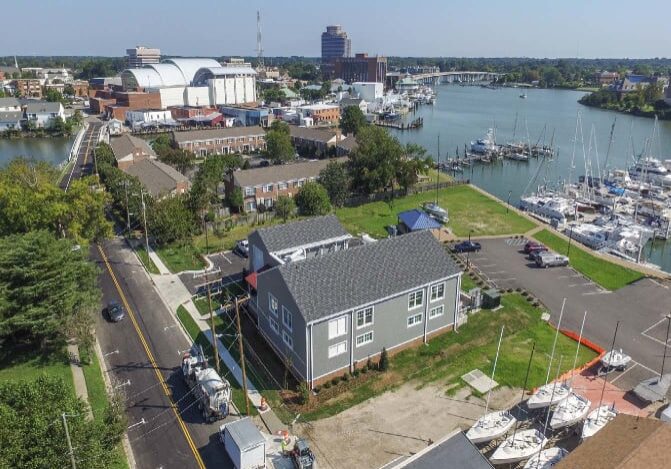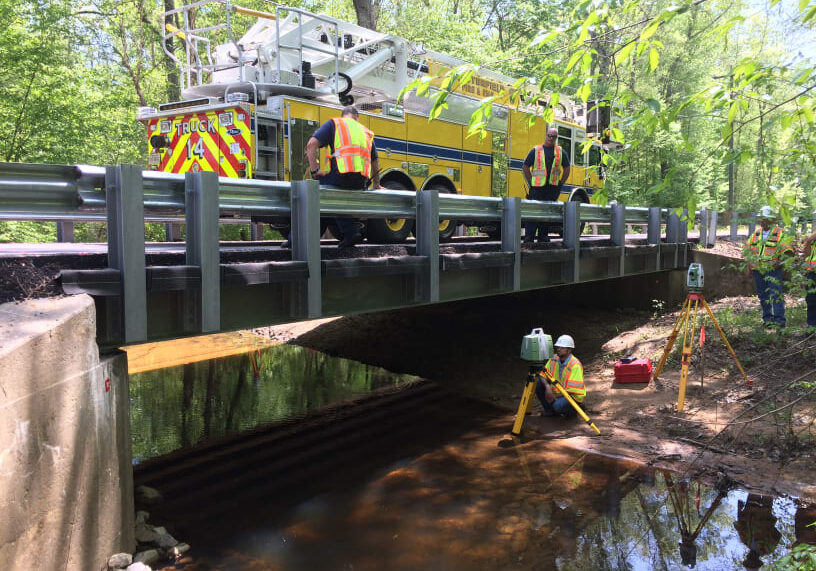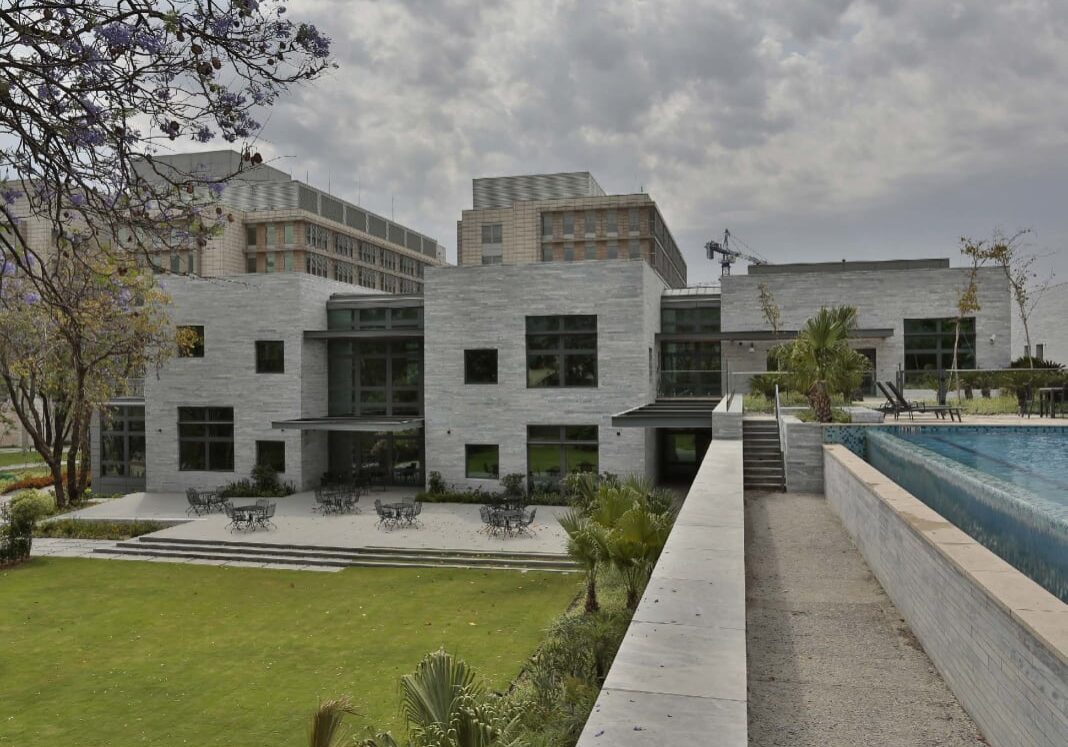February 7, 2019
Grand Award Winners: These projects showcase engineering excellence through innovation, creativity and exceptional social, economic and environmental benefits.
HDR for the Bridge Street Pump Station in Hampton Roads, which can pump 16.56 million gallons per day. The Bridge Street Pump Station is the largest pump station in the Hampton Roads Sanitation District (HRSD) system. Located on Hampton’s waterfront area, the new site presented multiple challenges including flood concerns, architectural blending, limited property area, and a compressed design and construction schedule.
Despite excessive rains, the Pump Station was completed on time and on budget. The new station allows HRSD to comply with the consent order allowing the Pump Station to stay in operation, allows downtown Hampton to grow and thrive, and offers a unique new design standard for future pump stations. The Pump Station opened to a jubilant celebration that included state and local representatives, media, project owners and stakeholders and the community.
Johnson, Mirmiran & Thompson, Inc. (JMT) for the Weight Restricted Bridges Crossings Study in Chesterfield County. The JMT team developed a process showing that bridges could support additional weight from Emergency Response Vehicles. These tests occurred on three bridges in Chesterfield County and one in Hanover County. After researching live load testing of existing substructure criteria from the US Federal Highway Administration and other states and consultants, JMT discovered that there were no documented state or national standards. Coordinating with the Virginia Department of Transportation, the Virginia Department of Motor Vehicles and the Virginia Transportation Research Council, JMT took an innovative approach and developed the process of live load testing existing substructures.
JMT’s solution of live load testing of existing substructures had never been documented before and may become an industry changing solution, leading to national standardization.
Mason & Hanger for the US Embassy in Islamabad, Pakistan. This $1 billion project houses over 2,500 people across 43 acres and is the largest U.S. Embassy in the world. This embassy was designed to be self-sustaining and can operate for long periods of time in the event of a natural or man-made disaster. The embassy contains three multi-story high rises and everything residents need to live daily life, including a bank, gas station, commissary, and gym.
The embassy features an automated indoor lighting system with a “Daylight Harvesting” control system which reduces energy consumption for lighting by up to 35%. This embassy was built to reduce water usage by more than 40% and features an on-site wastewater plant which reuses treated wastewater for irrigation.
![acecvalarge[1] acecvalarge[1]](https://growthzonecmsprodeastus.azureedge.net/sites/636/2020/03/acecvalarge1-300x232.gif)


